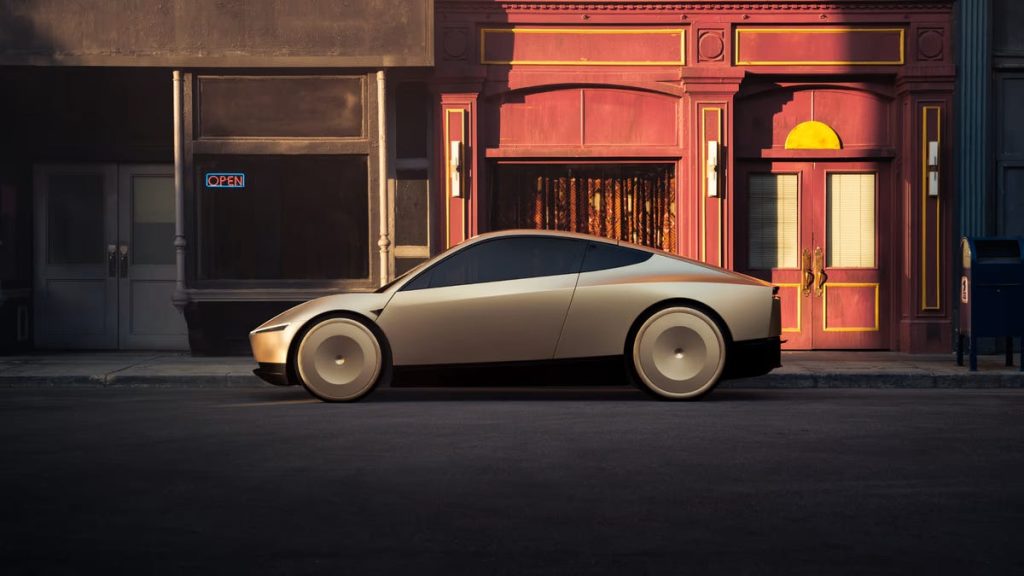Tesla plans to launch its self-driving robotaxi service in California and Texas next year, as announced by CEO Elon Musk during an earnings call. Currently, the service is being tested among employees in the San Francisco Bay Area, where they can hail a robotaxi using a developer app. However, a human driver is on board for these rides in case of any issues, but Musk mentioned that this will eventually change. The company recently unveiled the autonomous robotaxi vehicle known as the “Cybercab,” which operates without a steering wheel or pedals and charges via induction. Musk stated that the Cybercab would cost less than $30,000 and aims to go into production before 2027.
The self-driving industry is rapidly evolving, with key players such as Alphabet’s Waymo and Amazon’s Zoox already conducting robotaxi testing in various cities. GM’s Cruise, which resumed operations after a temporary suspension following an accident, is also actively working in this space. Musk believes that a robotaxi service would mark a significant shift in Tesla’s identity, transforming the company into more than just a vehicle and battery manufacturer. While the timeline for the launch is subject to regulatory approval, Musk expressed confidence that this approval will be obtained by next year, with California likely taking longer than Texas. Despite the optimism, others have warned that dealing with regulators is a complex process, highlighting the rigorous testing and requirements involved.
Tesla has long been focused on developing a fully self-driving car, with Musk previously expressing confidence in achieving full autonomy by 2021, a goal that has not been realized. The company had also proposed a Tesla robotaxi service back in 2019, aiming to have a million such taxis in testing without passengers by the end of 2020, which did not come to fruition. The Full Self-Driving system in Tesla’s consumer vehicles offers advanced driver assistance capabilities, allowing the vehicle to change lanes, park, and navigate roads. However, a driver must remain alert and behind the wheel even with the feature activated, raising safety concerns among federal regulators.
While Musk remains optimistic about the future of autonomous vehicles and Tesla’s role in the market, the path to launching a robotaxi service is likely to be challenging. Regulatory approval is a crucial hurdle that must be overcome, with California and Texas presenting different timelines and requirements for autonomous vehicle operations. Despite the potential obstacles, Musk believes that Tesla’s foray into the robotaxi market will be a significant and exciting development for the company. As the self-driving industry continues to evolve and expand, competition from other major players like Waymo and Cruise remains fierce, with each company working towards establishing a presence in the emerging market.
In conclusion, Tesla’s plans to launch a self-driving robotaxi service in California and Texas represent a bold step towards transforming the company’s identity and expanding its reach within the autonomous vehicle market. While regulatory approval and operational challenges lie ahead, CEO Elon Musk remains optimistic about the prospects for a successful launch next year. The unveiling of the Cybercab and Tesla’s continued efforts to develop fully self-driving technology demonstrate the company’s commitment to innovation and leading the way in autonomous vehicles. As the industry evolves and competitors intensify their efforts, Tesla’s entrance into the robotaxi space marks a significant milestone in the company’s journey towards reshaping transportation and mobility.












